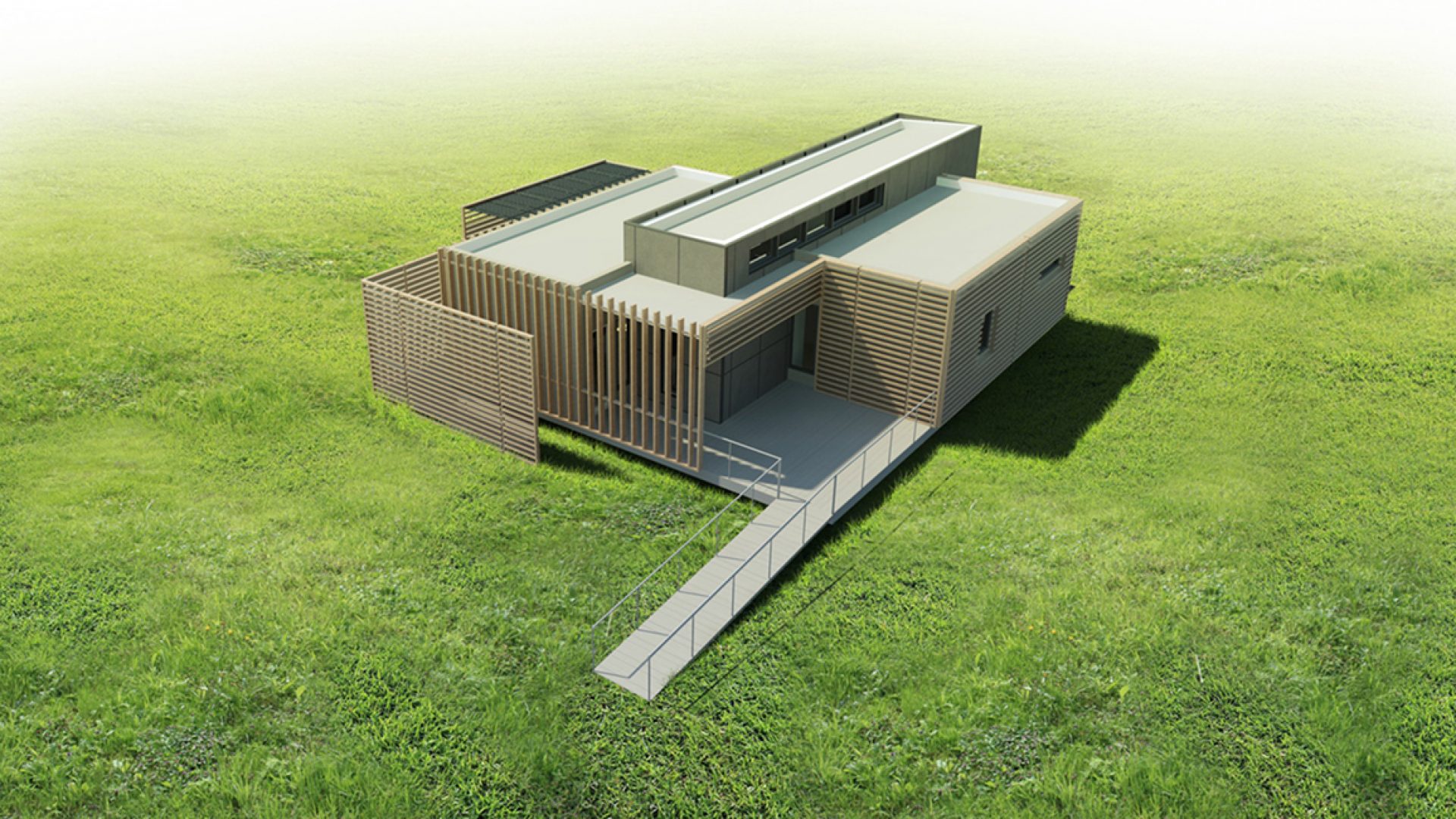The U.S. Department of Energy’s Solar Decathlon 2015 is returning to the Orange County Great Park in Irvine, California. This year’s event will see 18 collegiate teams compete to determine who can design and build the most attractive, cost-effective and energy-efficient solar-powered home. The event runs from October 8-11 and October 15-18. In this article, Ben Schiller, a writer for Co.Exist, provides an overview of this year’s competition.
The Solar Decathlon – the Department of Energy’s biennial solar house building competition – starts up again this October, and it looks like the homes on display will be as creative as ever.
All designed by students and all energy self-sufficient, the homes give a glimpse of what could become mainstream in home-building in the next few years.
Richard King, who launched the first Solar Decathlon back in 2002, says there have been a lot of changes since the early days. The houses back then tended to be functional; they tended to incorporate solar panels as an afterthought to the design; and they didn’t have the fancy technology we have now, including smart home control systems and intelligent windows.
“Now it’s all about how you design beauty and architecture into these houses. Then, they were just sticking solar panels up on roofs in any direction you can imagine,” he says. In 2002, seven of the 14 solar water heaters installed didn’t work properly.
King, who still directs the contest, says many of the homes in the 2015 batch nod to California’s drought, even though water conservation isn’t an explicit part of the brief. “You’re going to see an emphasis on water conservation because of the competition is in Southern California [in Irvine], where it’s a precious commodity almost more than energy,” he says.
For example, the house designed by the University of Texas at Austin and Technical University of Munich reuses greywater and captures rainwater. It has its own under-deck system that purifies and stores water for drinking or use in the garden, and it also incorporates an aquaponic system for growing food. The teams call it the “first water-independent home in Austin.”
This year, the houses must also be able to charge up an electric vehicle, so it can be driven at least 25 miles a day. The idea is to encourage architects to think about how to incorporate EVs, so solar systems can handle the extra load and so that they can begin to think about ways EVs and houses might interact.




